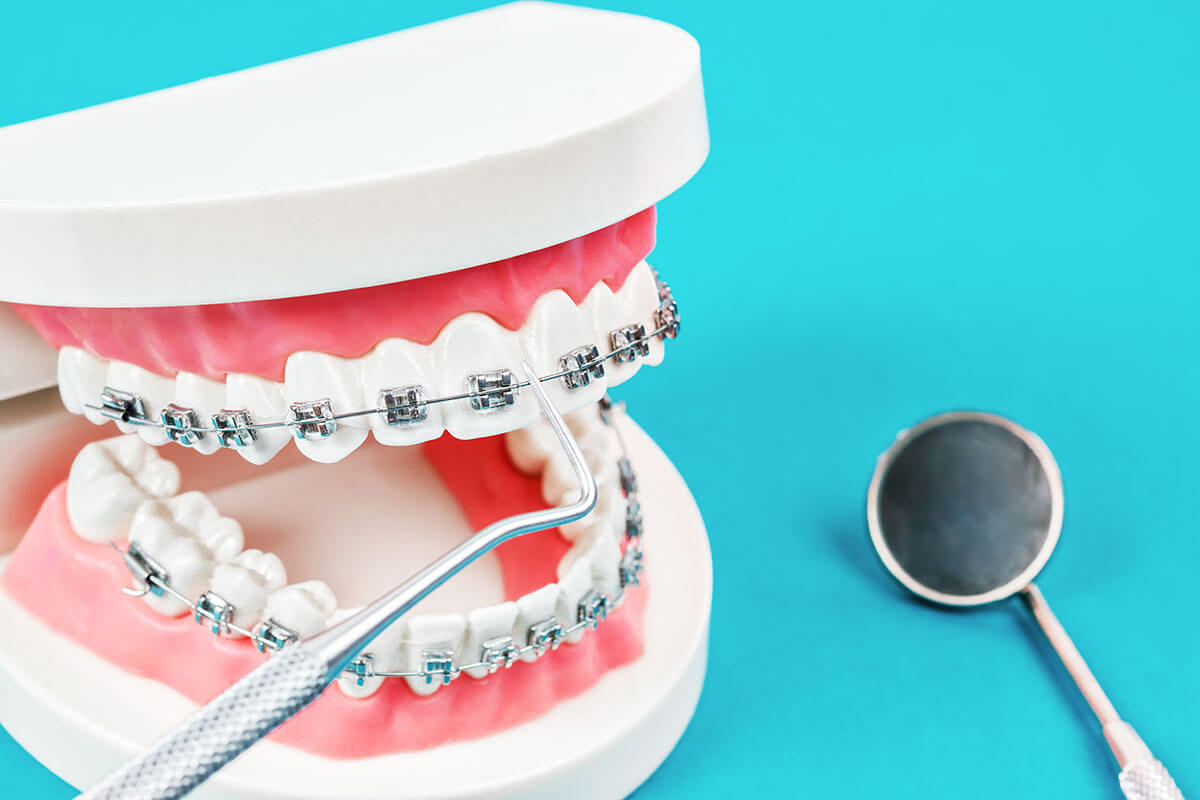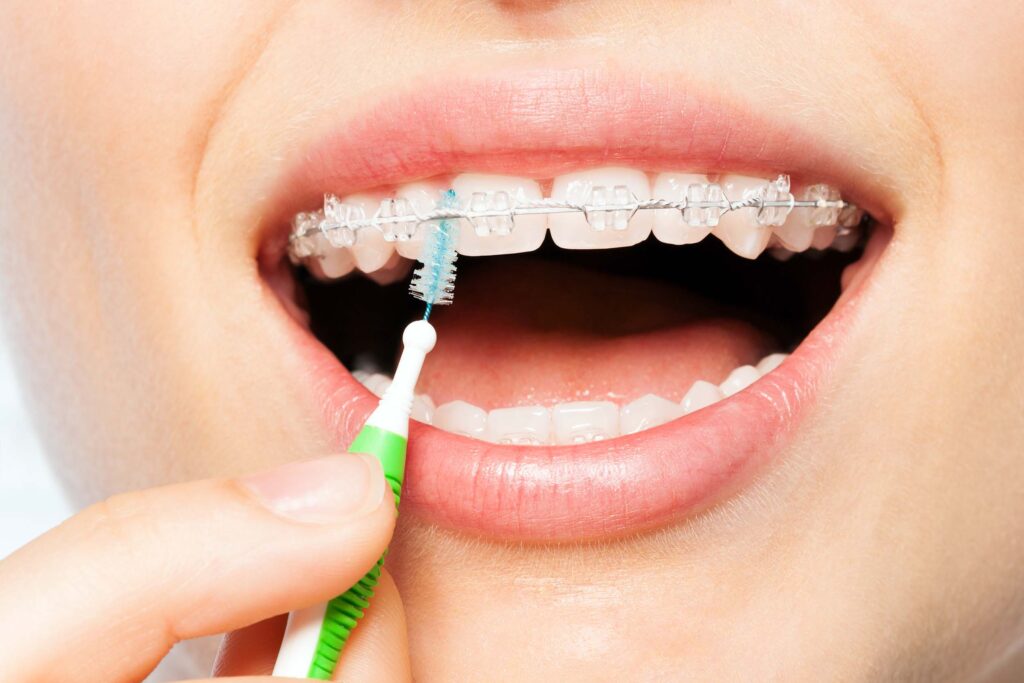The Advantages of Choosing a Cumming Orthodontist for Your Braces and Aligners
The Advantages of Choosing a Cumming Orthodontist for Your Braces and Aligners
Blog Article
Comprehensive Guide to Orthodontics Procedures for Remedying Oral Imbalances
Recognizing the details of each procedure, including their mechanisms, benefits, and prospective downsides, is crucial in making educated decisions regarding one's orthodontic treatment. As we navigate via the thorough overview to orthodontic treatments for dealing with oral imbalances, the intricate details of each method will unfold, shedding light on the course toward a useful and harmonious oral placement.
Orthodontic Procedures Summary

Regular adjustments and surveillance are vital parts of orthodontic treatment to make certain progression is on track and to make any kind of necessary adjustments along the method. By undertaking orthodontic treatments, patients can not only accomplish a straighter smile but additionally enhance their total oral wellness and feature.
Traditional Braces: Just How They Work
When thinking about orthodontic treatments for dental misalignments, traditional dental braces stand out as a time-tested approach for fixing teeth positioning. Conventional dental braces consist of brackets, cables, and bands that work together to apply continual stress on the teeth, gradually relocating them into the desired placement.
One key element of exactly how standard braces work is the procedure of bone makeover. As pressure is used to the teeth with the dental braces, the bone surrounding the teeth is improved to sustain the new tooth placements. This makeover is essential for the long-term stability of the dealt with positioning. Patients will certainly require routine changes at the orthodontist's workplace to make certain the braces proceed to use the proper stress for efficient teeth movement.
Unnoticeable Aligners: Cons and pros
Undetectable aligners supply a discreet and convenient option to typical dental braces for correcting oral misalignments. These clear, custom-made trays are essentially undetectable when worn, making them an appealing choice for people seeking a more aesthetically pleasing orthodontic treatment. Among the main advantages of undetectable aligners is their removability, enabling simpler upkeep of oral hygiene contrasted to conventional braces. Patients can get rid of the aligners prior to consuming or brushing their teeth, lowering the danger of food obtaining stuck in the device and streamlining the cleansing procedure.

Surgical Orthodontic Options
Surgical interventions in orthodontics present sensible choices for dealing with complex oral misalignments that might not be successfully fixed via traditional orthodontic therapies. While invisible aligners and child dentist traditional braces can deal with several orthodontic issues, specific instances need surgical treatment to attain optimum results. Surgical orthodontic alternatives are generally recommended for severe malocclusions, substantial jaw disparities, and cases where the underlying bone structure needs alteration to attain appropriate positioning.
One usual medical orthodontic procedure is orthognathic surgical treatment, which involves repositioning the jaws to fix useful problems such as trouble eating or talking. This surgical procedure is frequently done in collaboration with an orthodontist who helps straighten the teeth prior to and after the treatment. Surgical orthodontics might also include procedures to expose impacted teeth, get rid of excess periodontal cells, or reshape the jawbone to produce a much more harmonious facial account.
Before thinking about surgical orthodontic choices, individuals undergo a detailed evaluation to identify the necessity and prospective advantages of such treatments. orthodontics. While surgery may appear overwhelming, it can dramatically boost both the function and appearances of the smile in situations where traditional orthodontic treatments fail
Retainers and Post-Treatment Care

Failure to comply with post-treatment care instructions can result in relapse, where the teeth slowly move back in the direction of their initial placements. Constant retainer wear, good oral hygiene, and normal oral exams are vital for preserving the results accomplished through orthodontic surgical treatment and making sure the long-term security of the remedied oral alignment.
Final Thought
In verdict, orthodontic procedures use numerous alternatives for correcting oral imbalances. Surgical orthodontic alternatives are offered for much more severe imbalances. Generally, orthodontic treatments can effectively improve oral health and aesthetic appearance.
As we navigate via the detailed guide to orthodontic procedures for dealing with dental imbalances, the intricate details of each method will certainly unfold, losing light on the path toward a unified and useful dental placement. - aligners
One of the most common orthodontic therapies is the use of braces, which consist of steel brackets and cords that use gentle pressure to slowly shift teeth into the wanted placement.When considering orthodontic therapies for dental misalignments, standard braces stand out as a tried and true approach for correcting teeth positioning. Furthermore, unnoticeable aligners might not be appropriate for intricate orthodontic problems that require even more substantial teeth motion, as they are generally advised for moderate to modest cases. Retainers are custom-made orthodontic gadgets created to hold teeth in their corrected positions after the completion of orthodontic treatment.
Report this page